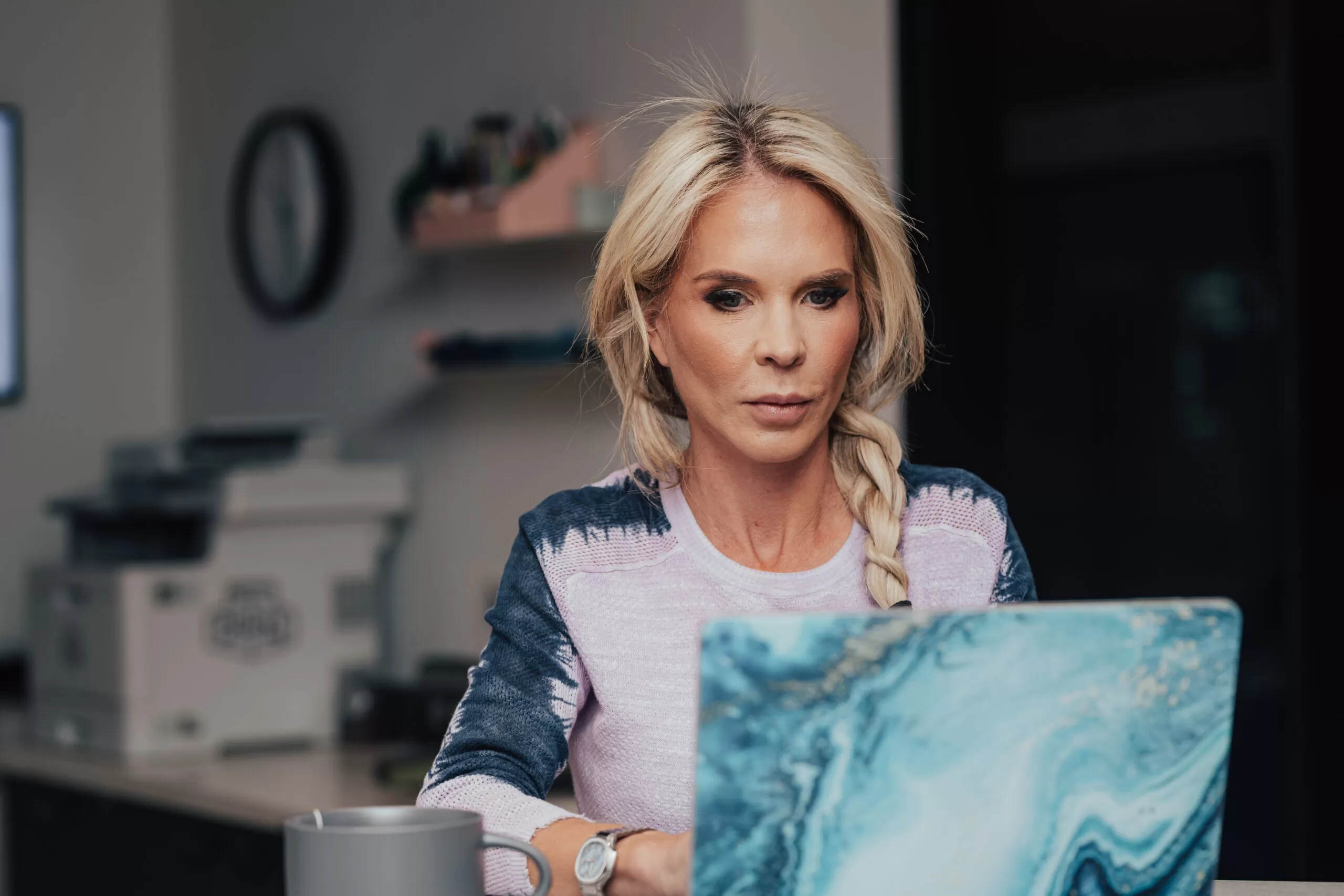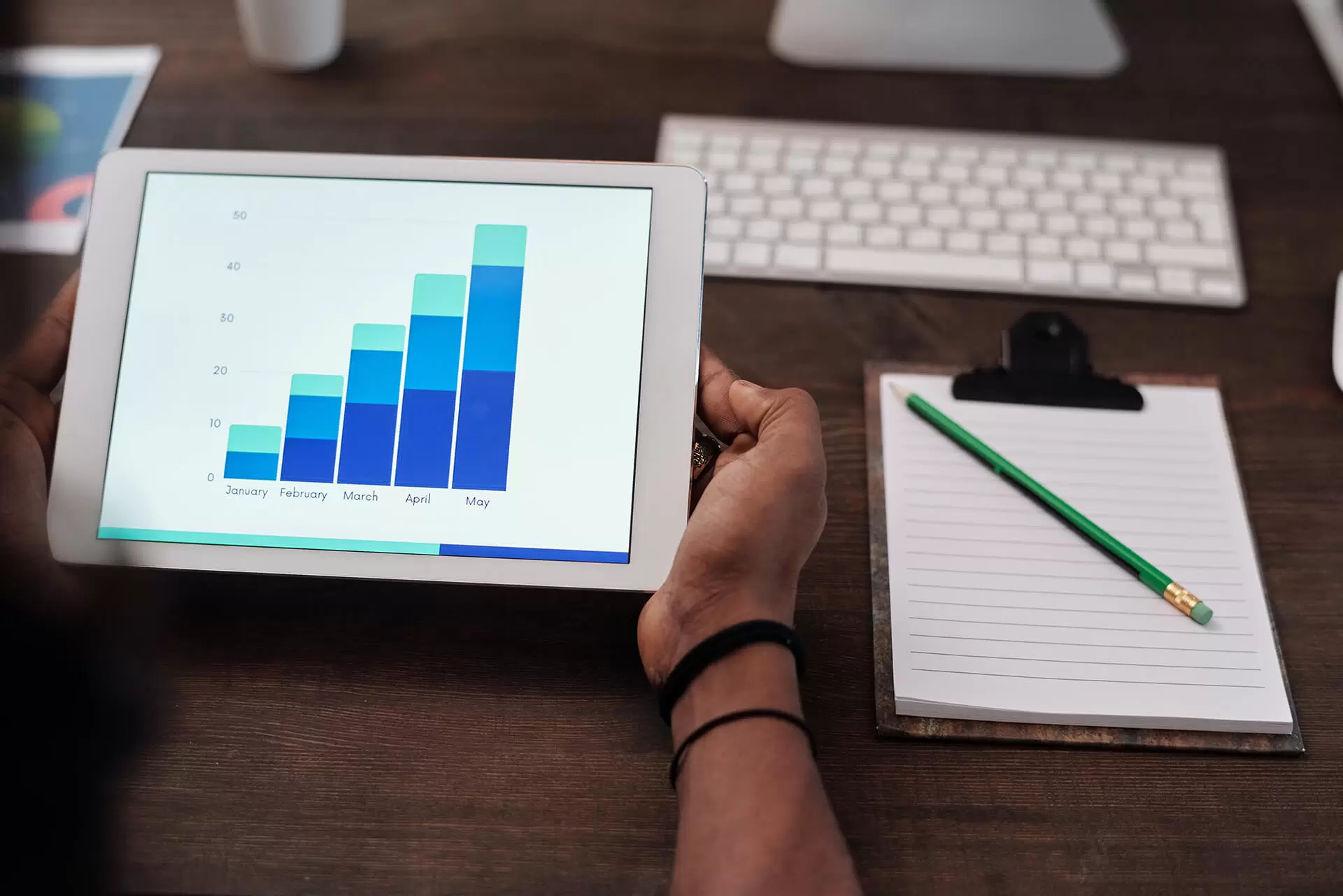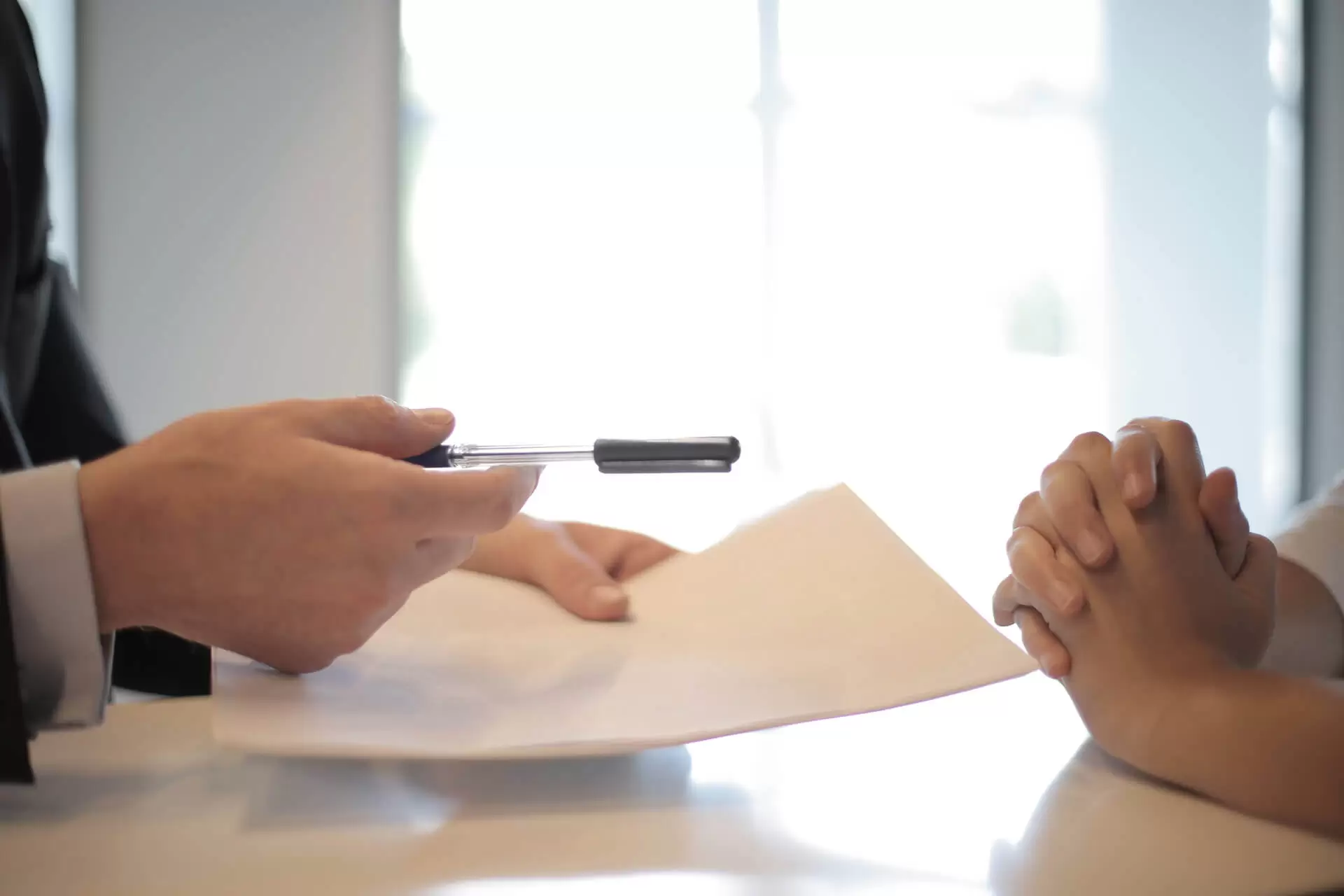
A while back, a company looked me up to potentially hire me for a speaking event. It struck them as suspicious that I didn’t have a LinkedIn profile (but I’m a long-time entrepreneur! Why would I need one?!), and they ultimately decided not to hire me. This was my first indication that the potential of LinkedIn is much broader than I had assumed.
After that happened, I searched far and wide to find someone to help create and optimize my LinkedIn profile so I’d never get passed up for opportunities again. I’m so grateful that I found my now-friend Lindsay Mitrosilis, who is my go-to for all things LinkedIn. She has convinced me that the platform is no longer just a place to hunt for jobs – it is one of the most powerful resources we have for interacting with others and sharing ideas.
Try it yourself:
Add connections purposefully. Similar to Instagram, the people you follow on LinkedIn will affect your entire feed. You’ll see not only the content they post, but also what they like, comment on, and reshare. If the person isn’t relevant to the work you’re doing (or interesting to you on a personal level), don’t feel guilty about not accepting their connection request. When I was newer to LinkedIn, I remember getting requests from people who constantly made posts about bitcoin. Pretty soon, the noise from those individuals was drowning out the content from the people I actually wanted to see, and I removed them as connections. It really made me realize how important it is to engage with people who are aligned with your interests and whose opinions or knowledge will help you grow in some way.
If you’re not sure what to post, talk about conversations you’ve had. It can be intimidating to think about posting consistently on LinkedIn. What would you even talk about? How much of a bummer would it be if people didn’t engage with the post at all? To address both of these issues, consider sharing insights from great conversations you’ve had with friends or business contacts or posting about a particularly great piece of content you saw from someone in your network. Lindsay shared a great example about someone who posted a photo of himself in a blazer and wrote a caption thanking the author of a post about how certain attire can make us feel more confident and capable at work. The best part about that is that not only did it give him an idea for what to post, but he tagged the author of the original post so she could comment or reshare it to her followers as well. This is a great way to grow your network with people who have already (virtually) raised their hands and told you they resonate with your content.
Talk about topics that resonate with your existing team. Particularly as so many teams are now either fully remote or hybrid, Lindsay noted that LinkedIn is a valuable tool for helping the people you work with see you in a different light from a town hall or team meeting. Talking about topics that are important to you and relevant to your team allows your colleagues to feel more connected to you. Unlike other social media platforms, which can sometimes feel a bit intrusive, it’s very socially acceptable to include the people you work with in your LinkedIn network, since it is predominantly still a business platform. Consider shouting out a team member who has been doing a particularly good job, or reshare a post that your manager created about a team project.






Related Posts
7 Ways to Help Someone With Low Self-Esteem
Squeeze the Juice Out of Life
The Importance of Micro Moments